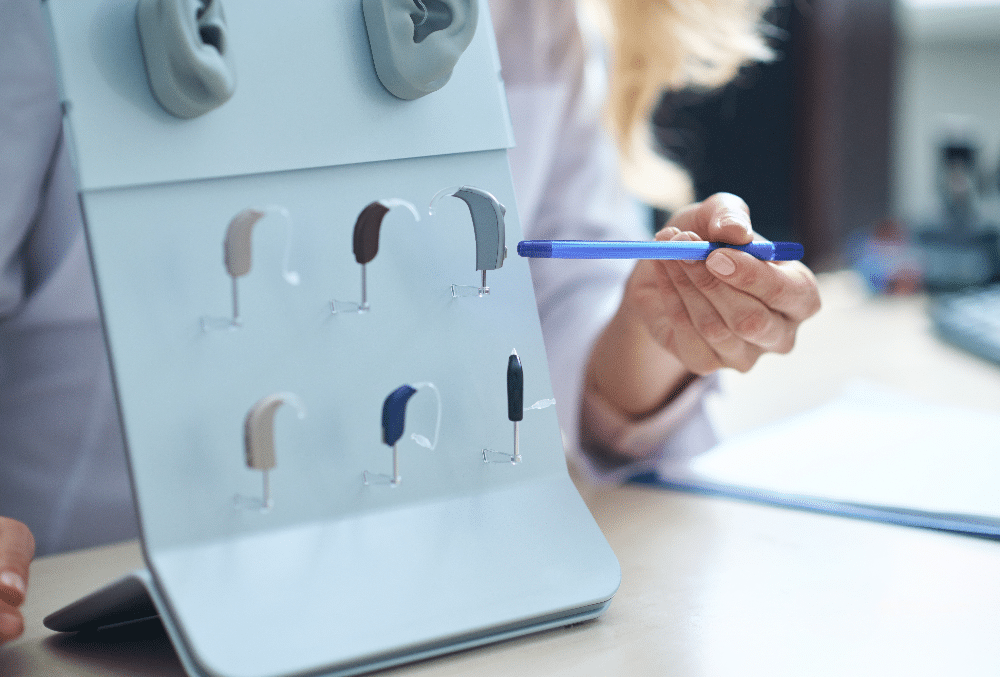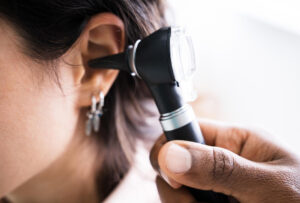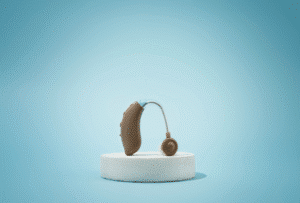The world is a symphony of sounds, but often, it’s a cacophony of noise. For individuals with hearing loss, background noise can transform a simple conversation into an exhausting struggle, making it difficult to discern speech from the surrounding commotion. This is where noise reduction technologies in hearing aids become indispensable, transforming challenging listening environments into opportunities for clearer communication and enhanced comfort. Let’s explore how these innovative features work to refine your auditory experience.
Why Noise Reduction Matters
Noise reduction in hearing aids is more than just a convenience; it’s a critical component for effective communication and overall well-being. It directly addresses the common frustration many hearing aid wearers face: understanding speech in noisy environments. This technology profoundly influences how clearly you perceive sounds in complex settings. By intelligently reducing or cancelling unwanted background noise, these technologies allow the brain to focus on the sounds that truly matter, primarily human speech.
Why Noise Reduction Technology is Essential
Noise reduction technology in digital hearing aids is not merely an added luxury; it’s fundamental to achieving truly effective and comfortable hearing.
Enhances Speech Clarity
By intelligently identifying and blocking unwanted background noise, hearing aids with noise reduction technology ensure that speech sounds are amplified more prominently. This crucial process allows wearers to focus on conversations with greater ease, leading to clearer understanding even in challenging soundscapes.
Reduces Listening Fatigue
Constantly straining to hear amidst a noisy environment can be mentally exhausting. Noise reduction technology significantly alleviates this cognitive load, reducing the effort required to process sound. This leads to less listening fatigue, allowing individuals to engage in conversations and activities for longer periods without feeling drained.
Improves Communication in Noise
The ultimate goal of noise reduction is to improve communication, especially in complex listening situations like restaurants, social gatherings, or public spaces. By selectively dampening distractions, these technologies empower individuals to participate more actively and confidently in noisy environments, fostering better social connections.
Common Noise Reduction Technologies
Modern hearing aids employ a variety of sophisticated techniques to tackle unwanted noise. These technologies work in concert to refine the sound signal delivered to your ear. Here’s a quick lowdown:
Digital Signal Processing (DSP)
Digital Signal Processing (DSP) is the fundamental technology that underpins many noise reduction features in modern hearing aids. It involves converting analog sound waves into digital data, which can then be manipulated by algorithms to filter, amplify, and sculpt the sound precisely. This core capability enables the sophisticated noise analysis and reduction found in today’s devices.
Directional Microphones
Directional microphones are a key component of noise reduction. These microphones are designed to pick up sounds primarily from the front while reducing sounds coming from the sides or behind. This helps to create a “beam” of sensitivity towards the person speaking, enhancing speech understanding in face-to-face conversations within noisy settings.
Digital Noise Suppression
Digital noise suppression algorithms actively analyze the incoming sound environment and identify patterns of noise, such as hums from air conditioners, traffic rumble, or fan noise. Once identified, these algorithms work to reduce the amplification of these specific noise patterns without significantly affecting the clarity of speech. This creates a more comfortable listening experience.
Feedback Cancellation
Feedback cancellation technology is designed to eliminate the annoying whistling sound that can occur when amplified sound from the hearing aid leaks out of the ear and is picked up by the microphone, creating a loop. This technology detects and cancels out feedback signals in real-time, allowing for higher amplification levels without unwanted whistling.
Advanced Noise Reduction Innovations

Beyond the common technologies, leading hearing aid brands are continually innovating, integrating advanced features that push the boundaries of noise reduction.
Dual-Processor Architecture
Some advanced hearing aids feature a dual-processor architecture, allowing them to process speech and noise signals independently and simultaneously. This parallel processing enables faster and more precise analysis of the sound environment, leading to superior differentiation between desired speech and distracting background noise, thereby optimizing clarity.
Real-Time Environmental Analysis
Hearing aids equipped with real-time environmental analysis continuously scan and classify the listening environment. They automatically adjust settings and apply the most appropriate noise reduction strategies on the fly, without manual intervention from the wearer. This ensures seamless transitions and optimal performance as you move from one sound environment to another.
Artificial Intelligence and Machine Learning
The integration of artificial intelligence (AI) and machine learning (ML) allows hearing aids to learn and adapt to individual listening preferences and common sound environments over time. These technologies enable the hearing aid to identify and prioritize speech, even in complex and rapidly changing noisy situations, offering a highly personalized and intelligent noise management solution.
How to Choose the Right Hearing Aids
Selecting the right hearing aids with effective noise reduction technologies requires careful consideration and professional guidance. Here are some key tips:
- Get Professional Help: A comprehensive hearing test in the Philippines conducted by a qualified professional at a hearing health center is the essential first step. They can accurately assess your hearing loss and recommend devices with noise reduction features best suited for your specific needs and lifestyle. Proper fitting is critical to ensure the hearing aid sits comfortably and performs optimally.
- Choose Adaptable Hearing Aids for Comfort: Look for hearing aids that offer automatic adjustments and adaptability to various sound environments. This ensures that the device can seamlessly transition between different noise levels and provide consistent comfort and clarity, reducing the need for constant manual tweaking.
- Prioritize Trial Periods and User Experience: Many hearing aid providers offer trial periods, allowing you to test the devices in your everyday environments. Use this opportunity to evaluate how well the noise reduction technologies perform in situations you frequently encounter. Focus on comfort, ease of use, and, most importantly, how effectively the hearing aids enhance speech clarity and reduce listening effort in different noisy settings. This hands-on experience is crucial for making the best long-term decision.
Signia Hearing Aids for Superior Noise Reduction
At Active Hearing Center, we’re committed to providing the most advanced hearing solutions, which is why we proudly recommend Signia Hearing Aids for their superior noise reduction capabilities. Signia stands as a leading hearing aid brand, consistently focused on innovation that redefines the listening experience.
Signia’s commitment to cutting-edge technology is exemplified by their Augmented Xperience (AX) dual processor technology and their revolutionary Integrated Xperience (IX) platform. Studies indicate that Signia Integrated Xperience significantly improves speech understanding in group conversations, with 95% of participants reporting better clarity compared to traditional hearing aids.
These advancements enable a unique approach to noise management, allowing speech and background noise to be processed separately and then intelligently recombined to provide exceptional clarity. Furthermore, Signia hearing aids leverage AI that learns and adapts to your personal sound preferences, complemented by their innovative Own Voice Processing (OVP) 2.0 and Dynamic Soundscape Processing (DSP) 3.0, which ensures your own voice sounds pleasant and stable to you while maintaining excellent perception of other voices and the environment.
As an exclusive provider of Signia hearing aids, Active Hearing Center is uniquely positioned to help you experience these groundbreaking noise reduction technologies firsthand. Visit us today to discover how Signia’s advanced features can transform your listening experience and help you reconnect with the sounds that matter most.
ovo88 login








